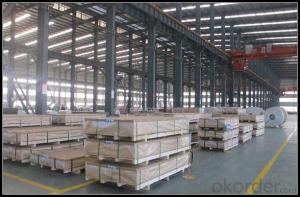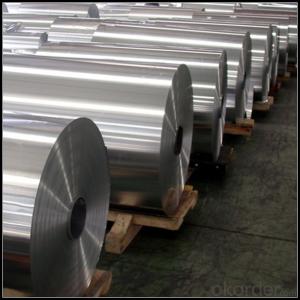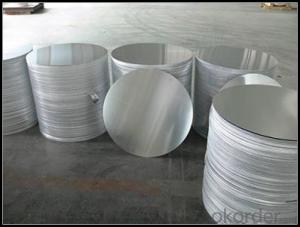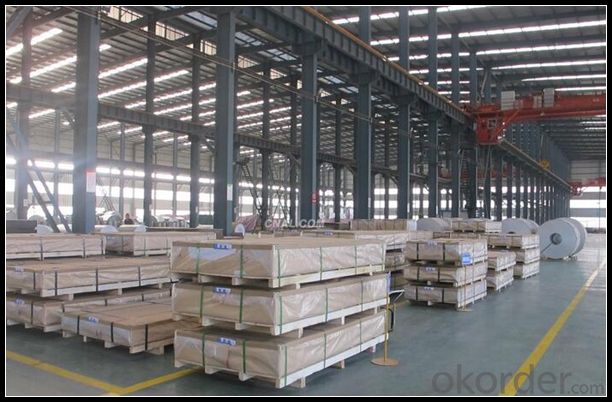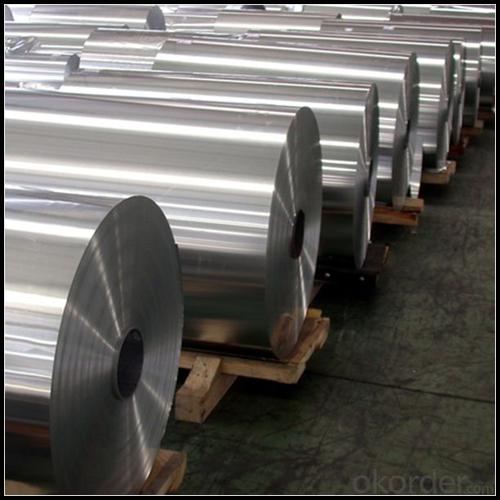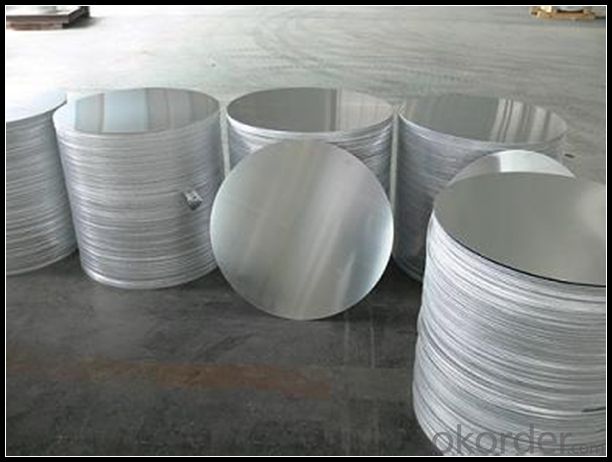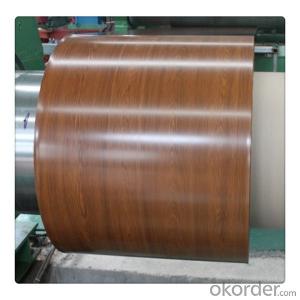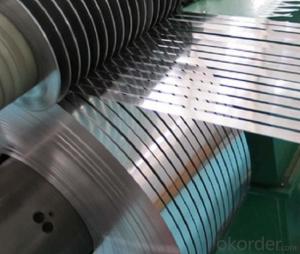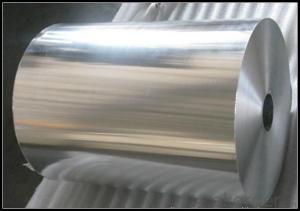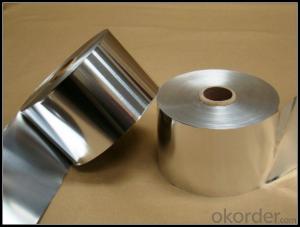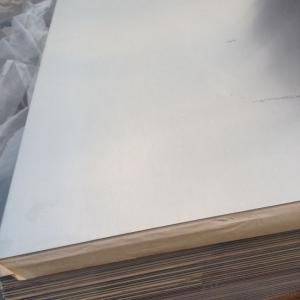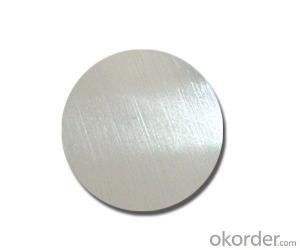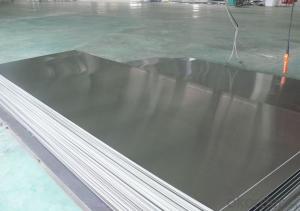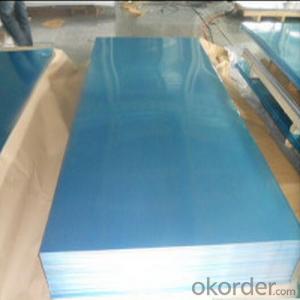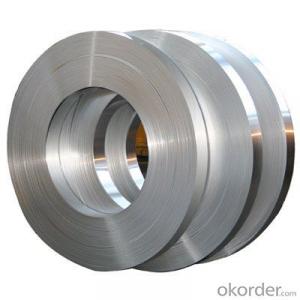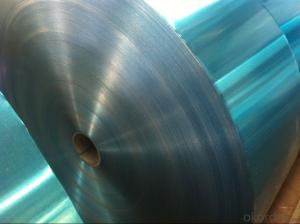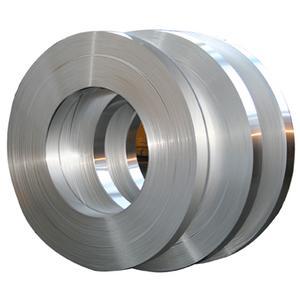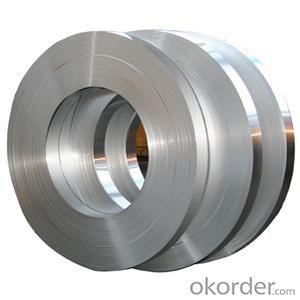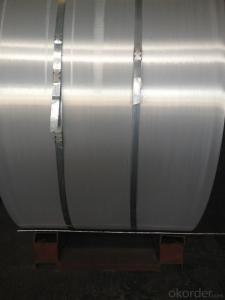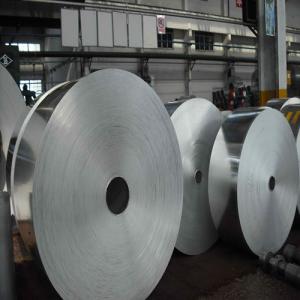Aluminum Strips 1100 Cans Aluminum Sheet with Plastic Film
- Loading Port:
- Tianjin
- Payment Terms:
- TT OR LC
- Min Order Qty:
- 1 m.t.
- Supply Capability:
- 4999 m.t./month
OKorder Service Pledge
OKorder Financial Service
You Might Also Like
Specification
1. Specification of Aluminum
1) Alloy | 1050, 1060,1100, 3003 3004 3105 3005 5005 5052 etc |
2) Temper | O/H12/H14/H1/H18/H32/H34/H36/H38//H111/H112/H116/H321/T6/T651/T3/T351 etc |
3) Thickness | 0.1mm to 6mm |
4) Width | 20mm to 3300mm |
5) Coil weight | 100kgs to 6 tons depends on actual requirement |
6) Core material | Aluminum alloy |
7) Coil Inner diameter | 76mm, 152mm,or as required |
2. Application of Aluminum
(1).Interior: wall cladding, ceilings, bathrooms, kitchens and balconies, shutters, doors...
(2).Exterior: wall cladding
(3).Advertisement: display platforms, signboards, fascia, shop fronts...
3. Feature of Aluminum
Furthermore, aluminium increases estrogen-related gene expression in human breast cancer cells cultured in the laboratory.[91] The estrogen-like effects of these salts have led to their classification as a metalloestrogen.
4. Certificate:
SGS and ROHS(if client request, paid by client), MTC(plant provided), Certificate of Origin(FORM A, FORM E, CO), Bureau Veritas and SGS (if client request, paid by client), CIQS certificate
5. Image of Aluminum
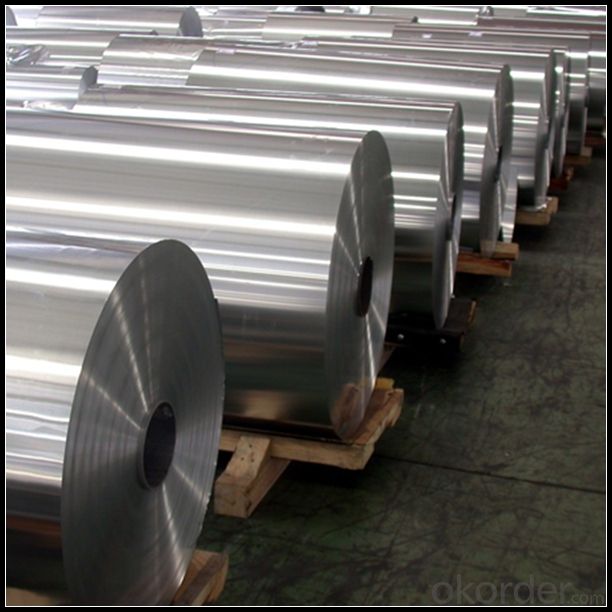
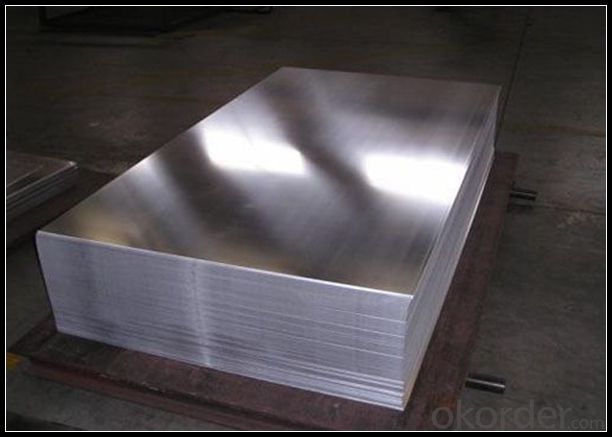
6. Our Service
1. Reply your enquiry in 24 working hours. |
2. OEM, buyer design, buyer label services provided. |
3. Exclusive and unique solution can be provide to our customer by our well traned and professional engineers and staffs. |
4. We can provide free sample for your check |
5. We have the certification of ISO 9001 |
6. Timely delivery |
7. Special discount and protection of sales area provided to our distributor. |
8. Good after-sale service. |
7. FAQ
Q: What is the produce prase? | ||||
A: Normally it would be 40days after received your deposit. | ||||
Q: Can you provide free samples? | ||||
A: Yes, free samples will be sent to you on freight at destination. | ||||
Q: Can I get your latest catalogue? | ||||
A: Yes, it will be sent to you in no time. | ||||
Q: What is the MOQ? | ||||
A: 3 tons | ||||
Q: What are your payment terms? | ||||
A: We accept L/C, D/A, D/P, T/T, West Union,etc. |
- Q: This question asks for a step-by-step guide on how to attach aluminum strips to a roof.
- <p>To install aluminum strips on your roof, follow these steps: 1. Clean the roof surface to ensure a proper bond. 2. Measure and cut the aluminum strips to the required length. 3. Apply a high-quality adhesive or sealant to the back of the aluminum strips. 4. Position the strips on the roof, ensuring they are aligned and straight. 5. Press firmly to secure the strips in place and allow the adhesive to cure according to the manufacturer's instructions. 6. Check for any gaps or uneven areas and apply additional sealant if necessary. 7. Regularly inspect and maintain the aluminum strips to ensure they remain in good condition. Always follow safety precautions and consider hiring a professional if you are unsure about any steps.</p>
- Q: This question asks for a comparison of various types of aluminum siding used in construction, highlighting their unique characteristics and differences.
- <p>Aluminum siding comes in various types, each with unique properties. Interlock siding features overlapping panels for better protection against weather. Insulated siding offers thermal efficiency with a foam core. Vertical siding is known for its traditional look and is often used in commercial settings. Shake-style siding mimics the appearance of wood shakes, providing a rustic aesthetic. Soffit siding is designed for use around windows and eaves, offering a clean finish. Each type varies in terms of durability, maintenance requirements, and cost, with applications ranging from residential to commercial construction.</p>
- Q: What are the benefits of utilizing tailor-made aluminum strips?
- <p>Custom-made aluminum strips offer several advantages, including precise fit and dimensions tailored to specific applications, enhanced durability due to the material's strength and corrosion resistance, and cost-effectiveness as they can be designed to minimize waste. They also allow for unique designs and shapes that standard strips may not offer, providing a competitive edge in industries where aesthetics and functionality are crucial. Additionally, custom aluminum strips can be anodized or coated to meet specific color or finish requirements, enhancing their versatility in various applications.</p>
- Q: Is it possible to utilize aluminum strips as a material for insulating interior walls?
- <p>Aluminum strips are not typically used for interior wall insulation. Insulation materials are designed to provide thermal resistance, and aluminum is a good conductor of heat, which makes it unsuitable for insulation purposes. Common insulation materials include fiberglass, mineral wool, and polyurethane foam, which are effective at reducing heat transfer. Aluminum strips might be used in construction for other purposes, such as reinforcement or as a vapor barrier, but not for insulation.</p>
- Q: What are the cost differences between aluminum and aluminum strips?
- <p>Aluminum and aluminum strips are both made from the same base material, but their costs can differ due to several factors. Aluminum strips are typically more expensive than bulk aluminum due to the additional processing and manufacturing steps involved in creating them. These steps include rolling, cutting, and sometimes surface treatments, which add to the cost. Additionally, aluminum strips often have tighter tolerances and specific dimensions, which can also increase their price. However, the exact cost difference can vary based on factors such as market prices for aluminum, the complexity of the strip's specifications, and the quantity purchased.</p>
- Q: Is it possible to utilize aluminum strips in the construction of car covers or covers for other types of vehicles?
- <p>Aluminum strips can be used for car covers or covers for other vehicles, but their application is limited. Aluminum is lightweight and corrosion-resistant, which are desirable properties for vehicle covers. However, it lacks the flexibility and durability of materials like fabric or vinyl, making it less suitable for covering vehicles. Aluminum strips might be used as a reinforcement in the edges or corners of a cover, but they are not typically the primary material for the cover itself. It's important to consider the specific needs and conditions that the cover will be subjected to when choosing materials.</p>
- Q: Is it possible to use aluminum strips as a roofing material in regions with cold weather conditions?
- <p>Yes, aluminum strips can be used for roofing in cold climates. Aluminum is a durable and lightweight material that is resistant to corrosion and weathering, making it suitable for various climates, including cold ones. It doesn't rust and can withstand heavy snow loads. However, it's important to consider the thermal properties of aluminum, as it conducts heat and cold efficiently, which may necessitate additional insulation to maintain the desired indoor temperature. Additionally, proper installation and underlayment are crucial to prevent moisture and heat loss.</p>
- Q: This question asks for a method to measure the width of aluminum strips.
- <p>To measure the width of aluminum strips, you can use a digital caliper or a micrometer, which are precise measuring tools. Place the strip between the jaws of the caliper and ensure it is aligned with the jaws' edges. Take the measurement at the widest point of the strip. If a caliper isn't available, you can use a ruler or tape measure, but this may be less accurate. For consistent measurements, measure the strip at multiple points to account for any variations in width.</p>
- Q: This question asks for methods to prevent rusting on aluminum strips during both installation and use.
- <p>To prevent rusting on aluminum strips, ensure that the aluminum is of high quality and free from impurities. Keep the strips clean and dry during installation and use. Avoid contact with corrosive substances. Apply a protective coating or sealant if necessary. Regularly inspect and clean the aluminum strips to remove any dirt or moisture that could lead to corrosion. In case of scratches or damage, promptly repair and seal the affected areas to prevent moisture penetration.</p>
- Q: This question asks for a list of various types of aluminum strips that are specifically used for exterior applications.
- <p>Aluminum strips used for exterior applications come in various types, each serving specific purposes. These include: 1) Architectural Aluminum Strips, used for facades and building exteriors due to their durability and weather resistance. 2) Anodized Aluminum Strips, which offer enhanced corrosion resistance and a wide range of colors for aesthetic appeal. 3) Extruded Aluminum Strips, known for their strength and customizability, suitable for structural applications. 4) Embossed Aluminum Strips, which provide a textured surface for improved grip or decorative purposes. 5) Heat Insulating Aluminum Strips, used to reduce heat transfer in exterior applications. 6) Reflective Aluminum Strips, used for safety markings or to enhance visibility in outdoor settings. Each type is chosen based on the specific requirements of the project, such as strength, appearance, and environmental conditions.</p>
Send your message to us
Aluminum Strips 1100 Cans Aluminum Sheet with Plastic Film
- Loading Port:
- Tianjin
- Payment Terms:
- TT OR LC
- Min Order Qty:
- 1 m.t.
- Supply Capability:
- 4999 m.t./month
OKorder Service Pledge
OKorder Financial Service
Similar products
Hot products
Hot Searches
Related keywords
